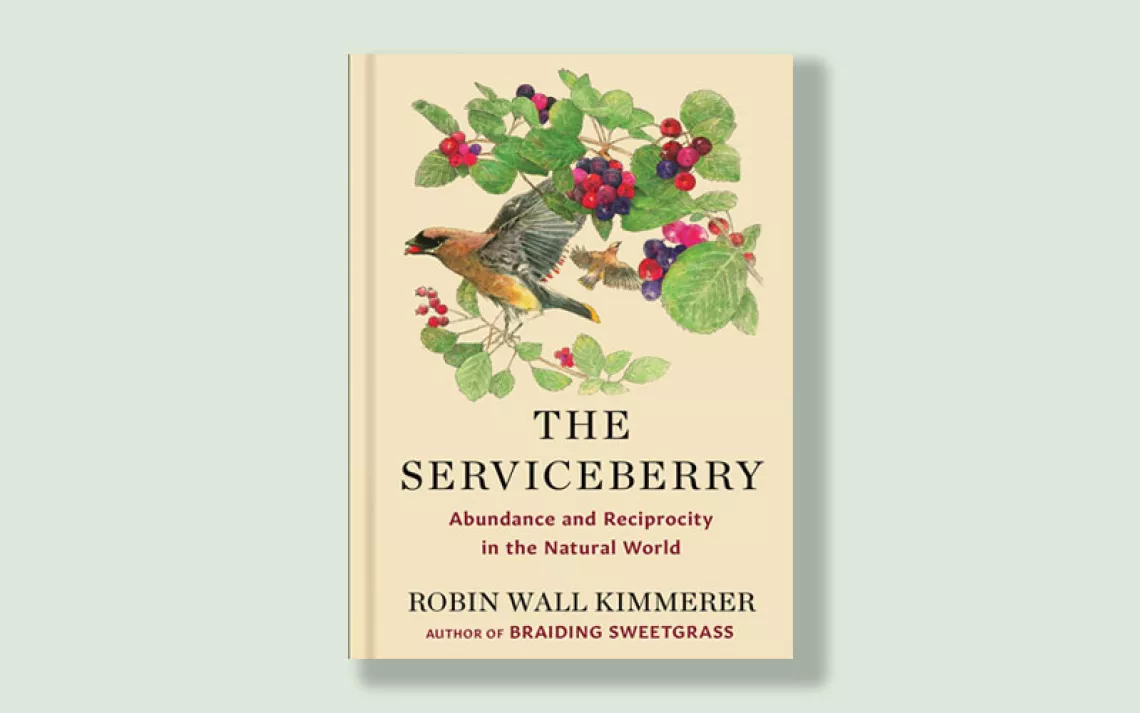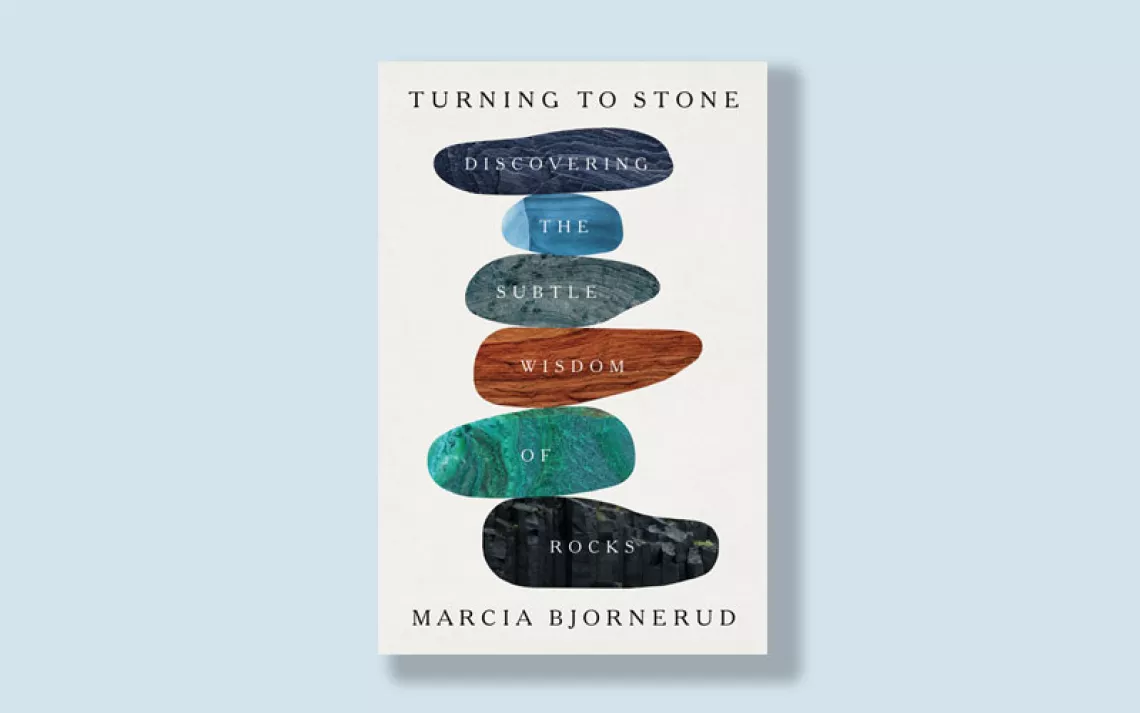13 Female "Cli-Fi" Writers Who Are Inspiring a Better Future
In the emerging genre of climate fiction, ladies take the helm

Photo by ankarb/iStock
For International Women's Day, we decided to honor those female writers bringing climate change to everyone’s minds and eyeballs through world-building, apocalyptic scenarios. Pandemics, extreme weather, droughts, and a militarized process of securing natural resources are common elements in climate fiction, or “cli-fi”—and our anxiety-induced state makes this the perfect time for an artful examination of the future of the environment.
The writers listed here are questioning, critiquing, and speculating about what various kinds of worlds, including the one in which we presently live, can look like. In fact, the burgeoning genre of cli-fi has already sparked new avenues. Take solarpunk, a sub-genre that ultimately conveys an optimistic view of the future, often by envisioning how present political and cultural movements might realize their missions—such as Black Lives Matter, #TimesUp, #NODAPL, and the end of late-stage capitalism—and ultimately offering conclusions about how we can save ourselves from ourselves. Solarpunk and cli-fi stories are marked by conjecture about the future, critique of the present, and evaluation of the past. Frequently, environmental justice is a central theme, and humanity ultimately claims stewardship of the natural world.
This round-up includes works from cli-fi’s up-and-comers, as well as some best-sellers, and a nod to the legacy writers who started it all.
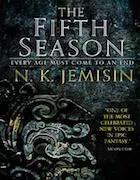
The Broken Earth Series by N.K. Jemisin
Back-to-back Hugo Award winner Jemisin brings a memento mori to life with the Broken Earth trilogy. The title of the first book, The Fifth Season, references an annihilation event that occurs every few centuries due to climate change. All of Jemisin’s work is steeped in mythology—characters understand their place within the hierarchy of “use-caste”; that is, until circumstances or natural grit compels them to undertake extraordinary endeavors.
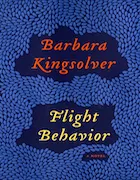
Flight Behavior by Barbara Kingsolver
Kingsolver is not your typical genre writer—she’s best known for mainstream best-sellers such as The Poisonwood Bible and the wonderful The Lacuna. Flight Behavior, on the other hand, feels like it could be a news report a few years down the road. A Tennessean housewife goes on a hike and finds a valley covered in millions of monarch butterflies whose usual winter grounds in Mexico have been displaced by climate change.
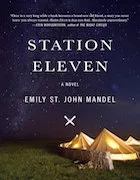
Station Eleven by Emily St. John Mandel
Station Eleven is set in the Great Lakes region in the near-future, after a swine flu pandemic known as the "Georgia Flu" has devastated the world, wiping out most of the population. A troupe of actors tries to bring joy to those who are left by staging performances depicting life from a bygone era. The novel includes multiple character arcs that intersect and at times leave the reader guessing. Station Eleven is ultimately a story about the creative spirit within people, and how it can simultaneously shape and destroy our world.
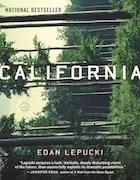
California by Edan Lepucki
Post-apocalyptic California is becoming a common trope in cli-fi, but it holds sway in Lepucki’s astute portrait of human fragility. In the 2060s, a young couple finds out they are pregnant and decide to leave Los Angeles for the wilderness, so as to find a community that can help the young couple raise the kid. In this novel, “Communities” refer to havens of those wealthy and lucky enough to have survived after a flu ravaged most of the population. Like Silicon Valley’s real-life burgeoning community of wealthy and exclusive survivalists, California’s communities, located deep in the wilderness, include private security forces to protect those within them. Like most people who rely on cellphones, delivery services, and cheap transportation to get through the day, Frida and Cal are not your typical lovers of the outdoors, but still, they try to make life work in a world that won’t.
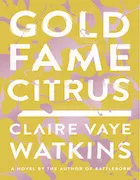
Gold Fame Citrus by Claire Vaye Watkins
Another novel set in a dystopian California, Watkins’s debut takes place in the near future, when the land is ravaged by extreme drought (this, of course, hits especially close to home for Californians). It hasn’t rained in years, and an expanding, shifting-sand hellscape reminiscent of the one portrayed in Mad Max, the “Amargosa Dune Sea,” has swallowed the Southwest. Los Angeles is left mostly abandoned. The main character is Luz, an orphaned model who as a baby was adopted by the Bureau of Conservation to be a poster child for water infrastructure expansion efforts—what a way to get famous. Watkins’s narration feels flimsy at times—you want to know more about Luz and why she makes the decisions she does. However, the story maintains suspense in that it’s difficult to choose who is more likely to survive—those in the Dune Sea, living each day like it’s their last, or those trying to make a world better than the one they currently inhabit.
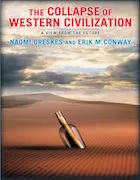
The Collapse of Western Civilization: A View from the Future by Noami Oreskes and Erik M. Conway
Oreskes is one of the few cli-fi writers who can safely say she has an insider’s take on the potentialities of climate change. As the affiliated professor of earth and planetary sciences at Harvard University, her daily life involves studies in geophysics and global warming. According to her novel, the collapse of western civilization happens in 2093, after the West Antarctic Ice Sheet disintegrates, and the global order is upended due to mass migration. The story takes place 300 years after the “Great Collapse” and is told through the point of view of a scholar in the Second People’s Republic of China, who writes about the human folly of not heeding earlier warnings of ensuing catastrophe.
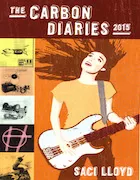
The Carbon Diaries: 2015 by Saci Lloyd
The Carbon Diaries: 2015 is a 2009 young adult novel set in the United Kingdom after weather disasters have left 16-year-old Londoner Laura weary of the future and a carbon-rationing program has been instituted. Nobody flies in a plane anymore, because it is too expensive, and each citizen’s carbon ration card has to be used on essentials, like starting home appliances and taking public transit. Reviewer Rebecca Onion touted the The Carbon Diaries as a prime example of a “soft apocalypse” story, in that it “chronicles societies changing as a result of a series of rolling crises, rather than in the blink of an eye, as from a nuclear blast.”
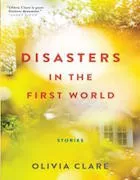
Disasters in the First World by Olivia Clare
In Disasters, a short-story collection populated with imperfect people, drinking water in Las Vegas costs more than booze or drugs. An affront to the price of commodities, perhaps, but the scenario’s not as far-fetched as we would like to think, with major cities such as Cape Town presently on the brink of waterlessness. Clare, who’s mostly known for her poetry, is a master of language. Her fine-tuning is on full display in the story “Petur,” which was published in 2013 in Ecotone and fetched a 2014 O. Henry Prize. After a mother and son are stranded in a remote Icelandic town in the wake of 2010’s volcanic eruption of Eyjafjallajokull (what a name—and it’s real!), they suffer mental decline.
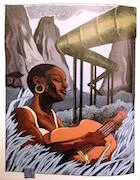
“Spider the Artist” by Nnedi Okorafor
This short story, published online by Lightspeed Magazine, is set in a future Nigeria, where ecological destruction has taken root—“the fish, shrimps, and crayfish in the creeks were dying. Drinking the water shriveled women’s wombs and eventually made men urinate blood.” Okorafor, who has seen a boost in popularity following the recent announcement that her 2010 novel Who Fears Death will be adapted into an HBO series (with George R.R. Martin as executive producer), weaves elements of Nigerian folklore and history into all of her stories. In “Spider the Artist,” Zombies, or Anansi Droids—named after the African master storyteller who often takes the shape of an arachnid—guard a pipeline crucial to the Nigerian government’s control over its people and its ongoing supply chain to the United States.
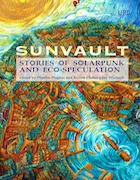
“A Catalogue of Sunlight at the End of the World” by A.C. Wise

Sign up to receive Sierra News & Views
Get articles like this one sent directly to your inbox weekly.
With this action you affirm you want to receive Sierra Club communications and may vote on policy designated by the Sierra Club Board.
This short story, from Upper Rubber Boot Books’ Sunvault: Stories of Solarpunk and Eco-Speculation anthology, is told through diary entries that toggle back and forth through the 22nd and 23rd centuries. Set mainly in Svalbard, a Norwegian archipelago at the top of the world, one account illustrates the harsh beauty of aggravated circumstances. “Today the light is pure,” it states. “There isn’t a cloud in the sky to cut it, no breeze to stir it off our skins. All the shadows are sharp-edged. There’s so much of it, it’s easy to forget it’s there.” It’s always sunny at the end of the world, and the unnamed narrator reminisces about good and tough times, and about what’s to come next. Wise encapsulates the feelings of awe and dread that the natural world tends to inspire.
Now, let’s not forget the greats.
Many of the writers mentioned above would not be on this list if not for the shoulders of giantesses on which they stand. The following three authors are some of the best in the genre, period—and their legacies continue to haunt and astound us.
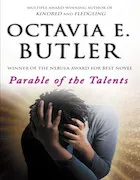
Octavia Butler, best known for The Parable of the Sower and The Parable of the Talents, Kindred, Lilith’s Brood
Butler, a cornerstone of Afrofuturism—an aesthetic, philosophy, and critique that explores intersections of African culture and technology—is unparalleled when it comes to world-building capabilities. The Parable of the Sower and The Parable of the Talents so eerily predicted the rise and election of Donald Trump that one might wonder whether Butler used a crystal ball when she got writer’s block. (This hypothesis, however, does a disservice to Butler’s narrative talent.) The Parable series, inspired by news reports about climate change and late-stage capitalism—and which Butler was never able to finish, due to her sudden and untimely death in 2006—conjures a world devastated by global warming. Drought and rising sea levels scourge the earth. Most people live in gated neighborhoods. Pharmaceuticals have replaced reality with psychotropic experiences. Women’s oppression is laid bare—“nags” who speak their mind get their tongues cut out. After President Donner, a nincompoop who promises jobs to the people, is elected, an opposition candidate, the charlatan Andrew Steele Jarret, dedicates his campaign to “making America great again.” It’s all very disturbing—especially when you find yourself nodding in agreement to teenage protagonist Lauren’s claim that, “People have changed the climate of the world.”
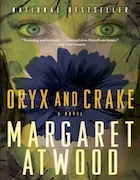
Margaret Atwood, best known for The Handmaid’s Tale, the MaddAddam trilogy, The Heart Goes Last
It would be difficult to argue that the cli-fi genre is what it is today—chock-full of talented writers who can conjure the strange, the tortured, and the triumphant—without Atwood having paved the way. In her MaddAddam series, readers are immersed in worlds defined by genetic engineering, religious zealotry, and internet and video culture—subjects so increasingly relevant that Atwood has become required reading in many schools. And yet, while reading Atwood, one cannot help but feel optimistic about the human capability to endure. In Oryx and Crake, the first book of the MaddAddam trilogy, a group of vegetarians are devoted to preserving all plant and animal life. They predict a natural disaster that will wipe out all species. When it comes to fruition, Atwood’s characters showcase the best and worst of humanity.
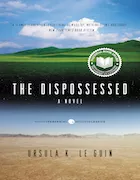
Ursula K. LeGuin, best known for The Dispossessed, the Earthsea Cycle Series, The Left Hand of Darkness, The Lathe of Heaven
Ursula LeGuin’s recent death, following a prolific career in which she (masterfully) wrote everything from children’s fantasy to personal essays to poetry, amounted to a loss of one of the most brilliant authors in American letters. Everyone has a favorite LeGuin, based on personal preference, and often on where they were in life when they read it (The Dispossessed, all the way!). LeGuin, a champion of genre fiction, not only took a hatchet to clichés in sci-fi about female, or simply gendered, character representation—she liked to include sexless or asexual entities—and served as a constant source of inspiration in terms of approaching writing as passion, but she also cared about the environment deeply. And this shows through her work as requiem.
 The Magazine of The Sierra Club
The Magazine of The Sierra Club
